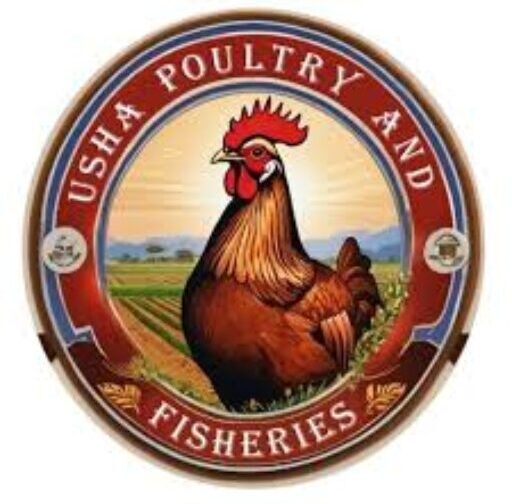Layer farming is one of the most popular and profitable poultry farming practices, focusing on the production of eggs rather than meat. In this system, layer hens are specially bred and raised to lay a large number of high-quality eggs over their productive lifespan.
What is Layer Farming?
Layer farming involves rearing egg-laying hens from day-old chicks to maturity, typically around 18-20 weeks of age, when they start laying eggs. These hens continue to produce eggs efficiently for 72–80 weeks before their production rate declines.
Layer farming is a branch of poultry farming that focuses on raising egg-laying hens (layers) for commercial egg production. Unlike broiler farming, which is aimed at meat production, layer farming is designed to maximize egg yield, quality, and profitability. It is one of the most popular forms of poultry farming worldwide due to the high demand for eggs as a source of affordable protein.
What Are Layer Birds?
- Layer hens are special breeds of poultry that start laying eggs at around 18–20 weeks of age.
- They continue laying eggs efficiently up to 72–78 weeks of age under proper management.
- On average, a healthy layer hen can produce 250–300 eggs per year.
Housing Systems
Layer hens require scientific housing systems to ensure good health, productivity, and ease of management. Common systems include:
- Deep Litter System
- Birds are kept on the floor covered with bedding (like sawdust, straw).
- Easier to maintain for small and medium farms.
- Battery Cage System (Commercial Use)
- Hens are kept in cages with sloping floors for easy egg collection.
- Ensures efficient space utilization and better hygiene.
- Popular in large-scale layer farming operations.
Feeding
Proper nutrition is essential for egg production.
- Starter Feed (0–8 weeks): Rich in protein for growth.
- Grower Feed (8–20 weeks): Balanced feed for development before laying starts.
- Layer Feed (20+ weeks): High in calcium and phosphorus for strong eggshells.
Supplying clean water and balanced feed consistently ensures higher productivity.
Management Practices
- Chick Management: Careful brooding during the first 6 weeks for healthy growth.
- Vaccination: Regular vaccination to prevent diseases like Ranikhet, Marek’s, and Fowl Pox.
- Lighting: 16 hours of light per day is necessary to stimulate egg laying.
- Biosecurity: Restricting farm access, disinfection, and pest control to prevent disease spread.
Benefits
- High Profitability: Consistent demand for eggs in both rural and urban markets.
- Nutritional Value: Eggs are rich in protein, vitamins, and minerals.
- Employment Opportunities: Provides jobs in production, processing, and marketing.
- Quick Returns: Layer hens start producing within 5–6 months.
- Scalability: Can be done on a small farm or expanded into a large commercial unit.
Challenges
- Disease outbreaks can cause heavy losses if not managed.
- Rising feed costs affect profitability.
- Requires proper infrastructure for large-scale operations.
- Needs regular monitoring and skilled management.
Breeds Used
Some popular breeds for layer farming include:
- White Leghorn – Known for high egg production.
- Hy-Line – A commercial hybrid with excellent feed-to-egg conversion.
- ISA Brown – Famous for brown egg production and adaptability.
Housing Systems
- Battery Cage System – Hens are kept in cages with controlled feeding and egg collection.
- Deep Litter System – Birds are kept on the floor with bedding material like rice husk or wood shavings.
- Free-Range System – Birds roam outdoors with access to shelters.
Feeding
Layers need a balanced diet with adequate protein, calcium, phosphorus, and vitamins to maintain egg production. Calcium-rich feed helps produce stronger eggshells.
Advantages
- Steady income from daily egg sales.
- Less initial investment compared to broiler farming.
- Long production cycle with consistent returns.
- Growing demand for eggs in domestic and export markets.
Challenges
- Disease outbreaks like Newcastle disease or infectious bronchitis.
- Fluctuating market prices for eggs.
- Feed cost variations affecting profitability.
Layer farming can be a highly rewarding business when managed with proper housing, nutrition, and health care. With the increasing demand for eggs as a healthy protein source, starting a layer farm can offer sustainable income and long-term growth opportunities.

